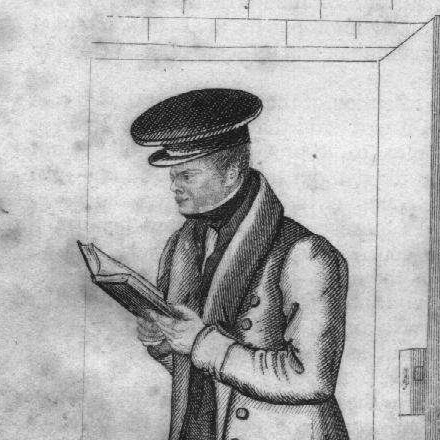
d: 1828
William Corder
Summary
Name:
Nickname:
FoxeyYears Active:
1827Status:
ExecutedClass:
MurdererVictims:
1Method:
Shooting / StabbingDeath:
August 11, 1828Nationality:
United Kingdom
d: 1828
William Corder
Summary: Murderer
Name:
William CorderNickname:
FoxeyStatus:
ExecutedVictims:
1Method:
Shooting / StabbingNationality:
United KingdomDeath:
August 11, 1828Years Active:
1827Date Convicted:
August 7, 1828bio
William Corder was born around 1803 in Polstead, Suffolk, England, to a local farmer. He was known for his cunning nature, earning the nickname "Foxey." Corder had a history of dishonest behavior, including fraudulently selling his father's pigs and passing a forged cheque. He was also implicated in the theft of a pig with a local thief. After a series of family tragedies, including the deaths of his father and brothers, Corder was left to manage the family farm with his mother.
In March 1826, Corder began a relationship with Maria Marten, the daughter of a molecatcher. Maria had previously had children from other relationships. She and Corder had a child together in 1827, which died in infancy. Maria was eager to marry Corder, but he was reluctant. He proposed that they elope to Ipswich and suggested meeting at the Red Barn, a local landmark, to avoid suspicion.
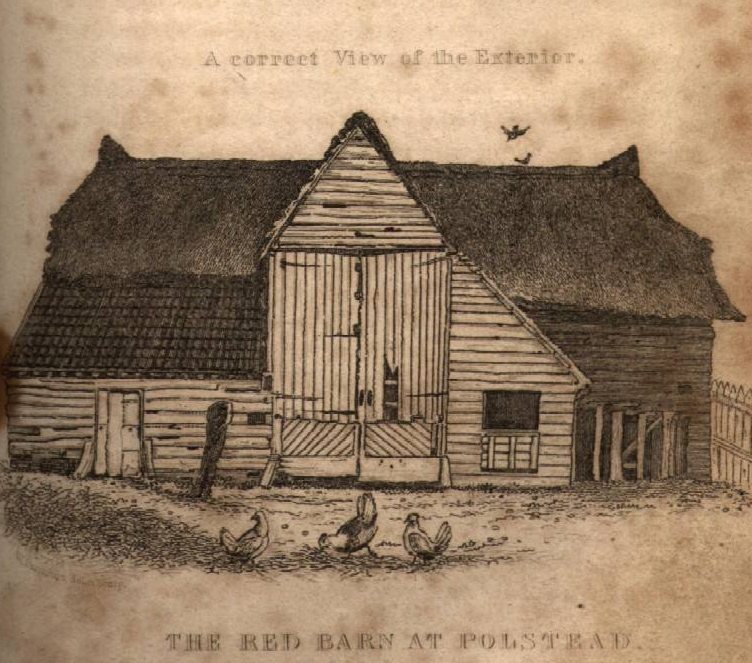
murder story
On 18 May 1827, Maria Marten left her home to meet William Corder at the Red Barn, intending to elope. She was never seen alive again. Corder later claimed that Maria was in Ipswich or elsewhere, sending letters to her family with various excuses for her absence. Suspicion grew, especially after Maria's stepmother reported dreams suggesting Maria had been murdered and buried in the Red Barn.
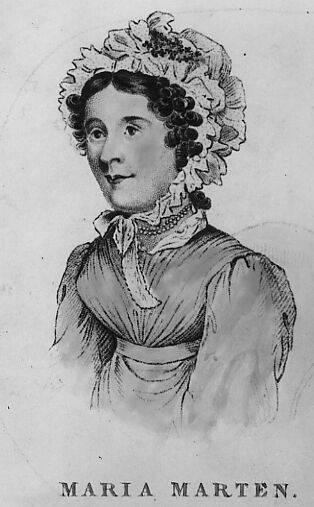
On 19 April 1828, Maria's father, prompted by these dreams, searched the Red Barn and discovered Maria's decomposed body buried in a sack. A green handkerchief belonging to Corder was found around her neck. Corder was located in London, where he was living under an alias and had married another woman. He was arrested and brought back to Suffolk for trial.
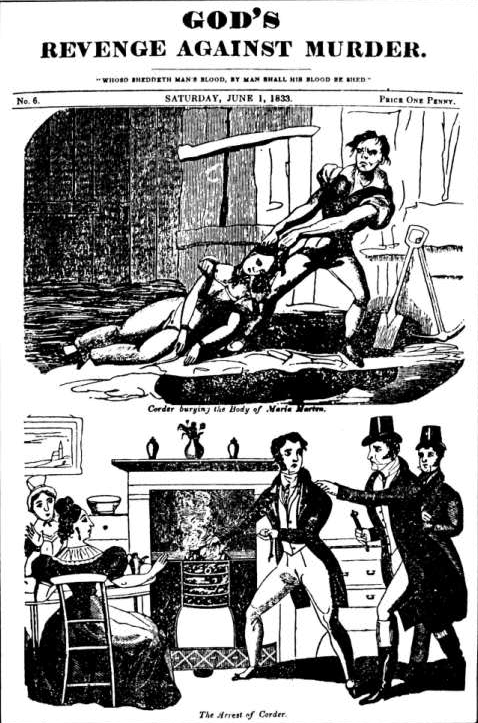
At his trial in August 1828, Corder was charged with multiple counts, including murder. The prosecution presented evidence of his deceit and the discovery of Maria's body. Corder claimed the death was accidental, stating that Maria had shot herself during an argument. The jury found him guilty after 35 minutes of deliberation. He was sentenced to death and executed by hanging on 11 August 1828 in Bury St Edmunds, witnessed by a large crowd.
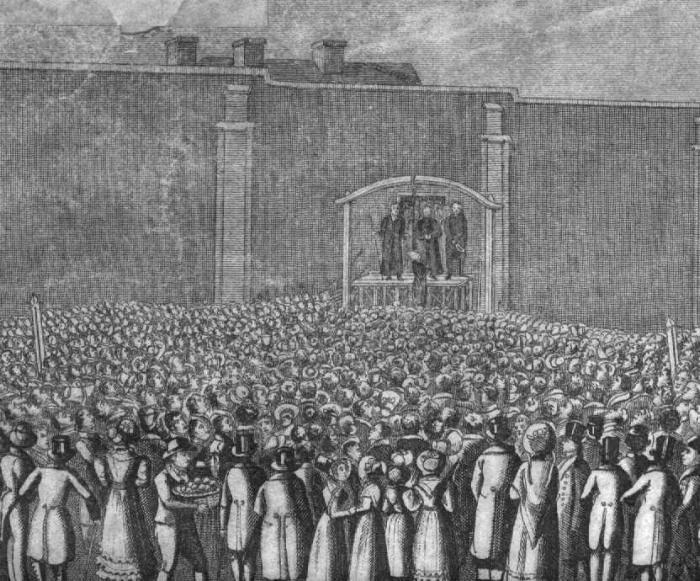
After execution, Corder's body was dissected, and his skin was used to bind a book detailing the murder and trial. This book is now displayed at Moyse's Hall Museum in Bury St Edmunds. The Red Barn Murder became a sensational case, inspiring numerous plays, ballads, and public fascination that persisted throughout the 19th century.